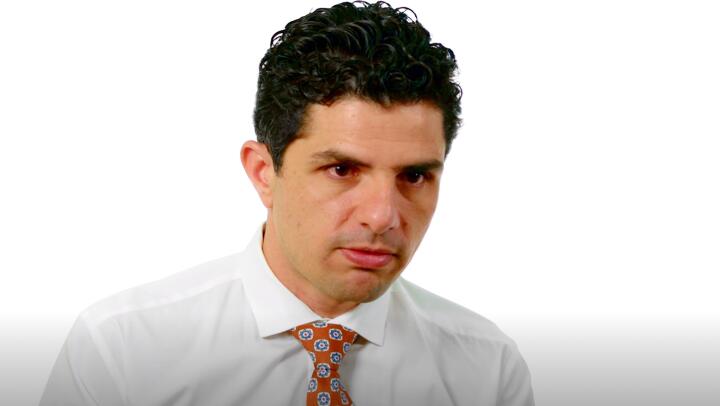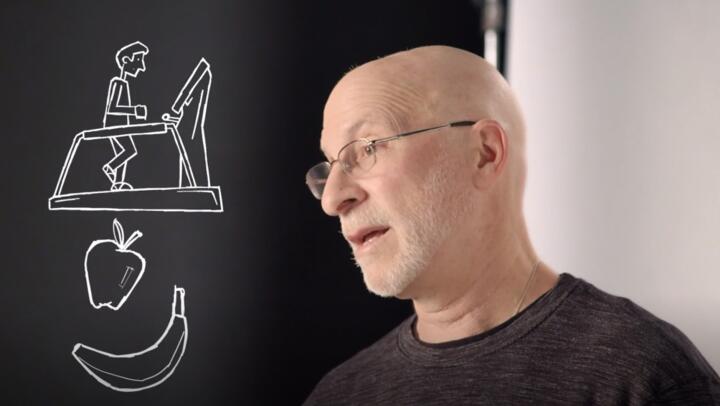-
If it’s been a few years since high school biology class, chances are you’ve forgotten what a powerhouse your heart is, especially when you consider its size relative to the amount of responsibility it has. Your heart keeps your blood flowing smoothly throughout your body, and supplies all your tissues and other organs with essential oxygen and nutrients. Renew your appreciation with these facts about the heart and remember why it’s so important to care for your heart.
-
1Your heart weighs less than one pound.

The average human heart weighs 7 to 15 ounces. Its size depends on your own overall size and genetic makeup, but generally, a healthy heart is similar in size to an adult’s clenched fist. Some diseases can cause an enlarged heart, while others, such as malnutrition, can cause it to lose mass and weight.
-
2Your heart is centrally located.

Although habit has us putting our hand on the left side of the chest when we learn to say the Pledge of Allegiance as youngsters, the heart is actually in the center of your chest, right between your lungs.
-
3Your heart is a finely tuned machine.

Think of your heart as a sophisticated pump that moves oxygenated blood in a continuous loop. Your heart pushes your blood out into the body and then circulates it back through the lungs to get fresh oxygen. The beats of your heart are controlled by electrical pulses that run through your heart’s muscles, telling them when to contract and push the blood through.
-
-
4The core of your heart’s “machinery” is its four chambers.

Even though your heart is small, it's powerful enough to pump blood throughout your body for an entire lifetime. To do this, four chambers inside the human heart work together like musicians in an orchestra. Small flaps control the direction of blood flow between the different chambers.
-
5A healthy heart beats between 60 and 100 times a minute.

One of the measures of heart health is your resting pulse—how many beats your heart creates in a minute when you’re not moving. You can measure it yourself by counting the beats in the vein in your wrist while watching the second hand of a clock. A normal heart rate at rest (when you are calm and not moving around) varies from person to person. Athletes and other physically fit people tend to have a lower resting heart rate.
-
6Faulty signals in your heart can cause an irregular heartbeat.

Your heart’s pumping function is controlled by naturally generated electrical pulses. Your doctor can measure these pulses with an electrocardiogram. Your heartbeat is a gauge of your heart health. If those pulses misfire, your heartbeat gets out of sync. Sometimes it’s temporary; in other cases, you’ll require treatment to reset it.
-
7A fetus’s heart starts beating within weeks of conception.

During the embryonic stage of development—the 5th through the 10th week of pregnancy—the fetal heart forms a basic S-shape. The heart begins beating and moving blood in the first trimester.
-
-
8Chest compression alone may save a life.

The American Heart Association has determined mouth-to-mouth resuscitation isn’t a necessary part of CPR. Chest compression is considered enough to keep someone’s blood flowing until emergency personnel arrive. (The beat of the disco song “Staying Alive” can help set the rhythm to do them.) It’s important to learn basic CPR for the sake of your loved ones—3.5 out of 5 heart attacks (70%) happen at home.




























